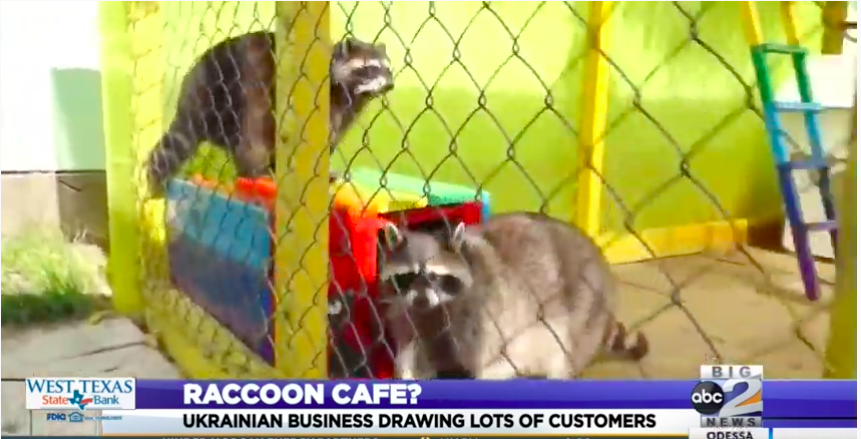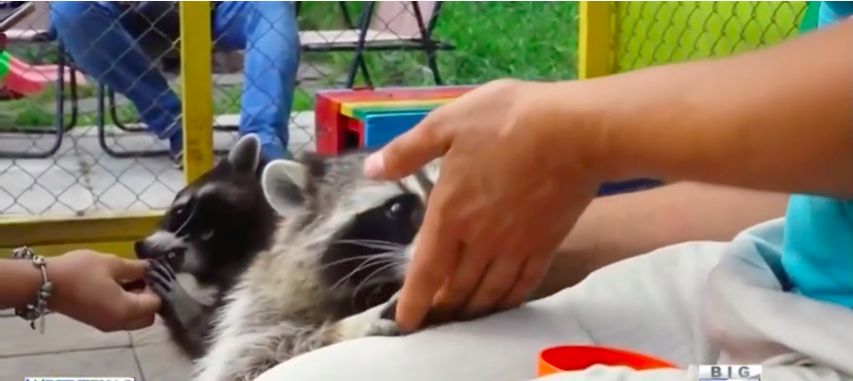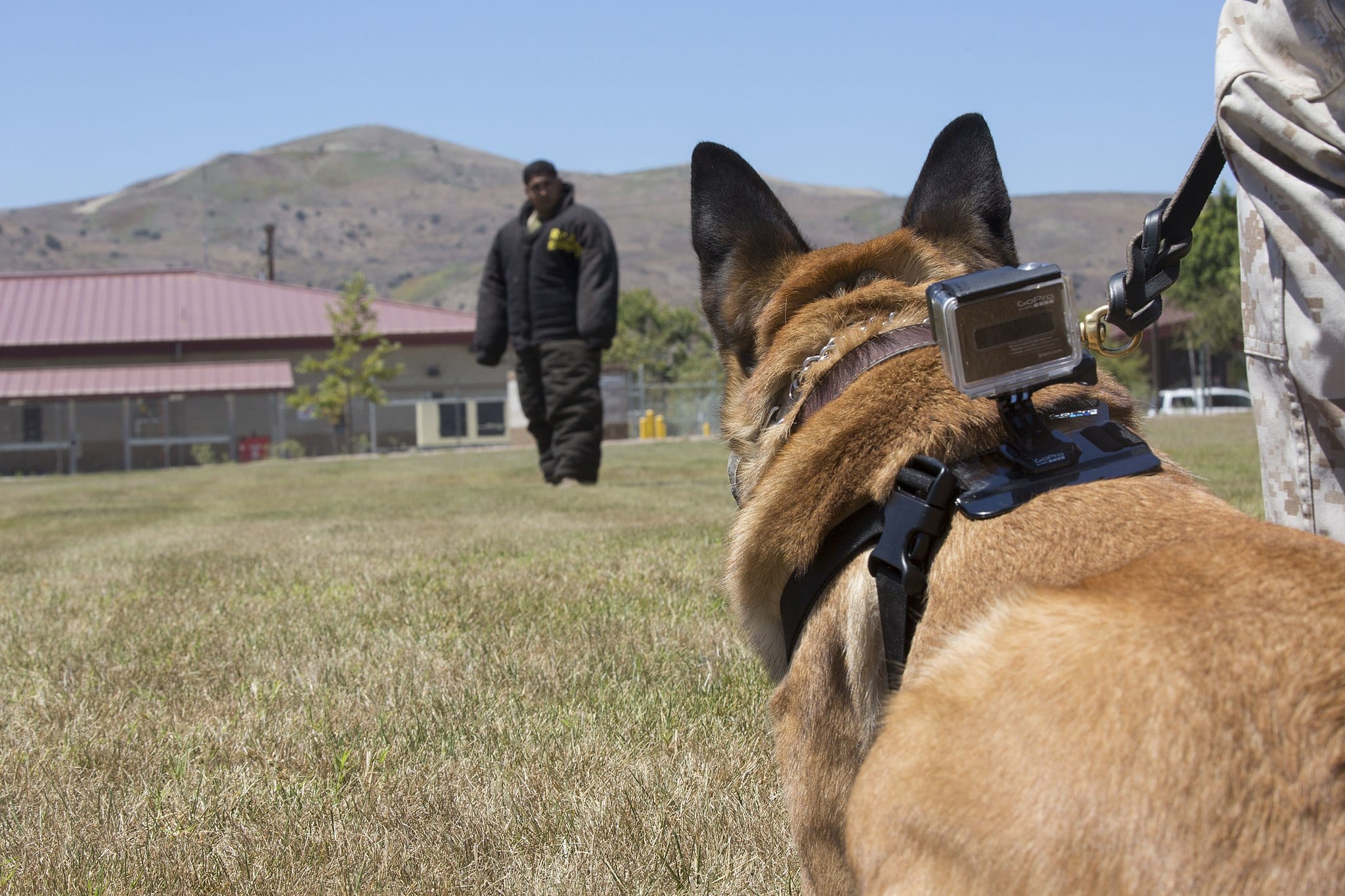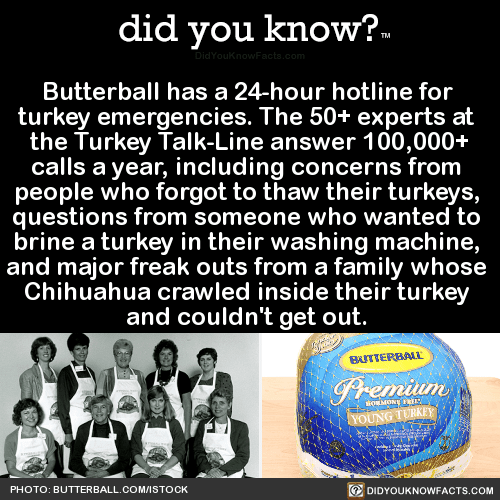Raccoons can be scary, but here’s the truth: they’re adorable, and if I could have one as a pet without it totally destroying my house, there would be no way to stop me.
Basically, this cafe where tame raccoons play and let me pet them is my dream come true.
Image Credit: YouTube
The Raccoon Cafe, located in Kharkiv, Ukraine, is owned and operated by Mark Kolesnykov (a fellow raccoon enthusiast). He adopted a pair of raccoons, Liza and Bart, from a local eco-farm when they were just kits, and has provided them a safe, sound-proofed enclosure at his cafe to keep them happy while guests watch them do adorable things.
You know, because they’re raccoons.
Kolesnykov believes that people are loving his cafe; he has around 200 patrons every day, according to CNN, because even though we’ve seen videos of wild raccoons climbing, playing, and being generally delightful, few people have the chance to witness the behavior up close.
Image Credit: YouTube
Every guest can watch the raccoons, who Kolesnykov describes as “lively and mischievous,” but if you want to pet or feed them, you may have quite the wait (it’s a popular place).
While you’re waiting, you can enjoy the outside of the cafe, which is adorned with raccoons-as-superheroes – Rocket, from Guardians of the Galaxy, of course, but also raccoons cosplaying as Spider-Man, Wonder Woman, and others.
Image Credit: YouTube
Some have expressed concern about the well-being of Liza and Bart, since often times wild animals kept as part of a business can find themselves overstimulated and under-cared for, but Kolesnykov assures potential haters that he’s worked with a veterinary staff to make sure his raccoons are safe and happy.
Check it out:
I mean…I just might have to go and see for myself.
The post Snuggle a Raccoon While You Sip Your Coffee at This Ukrainian Cafe appeared first on UberFacts.





 (@MemeAndTea)
(@MemeAndTea) 
























 – Photo description: A group of dogs of all breeds sit along the seats of a theatre.
– Photo description: A group of dogs of all breeds sit along the seats of a theatre.
